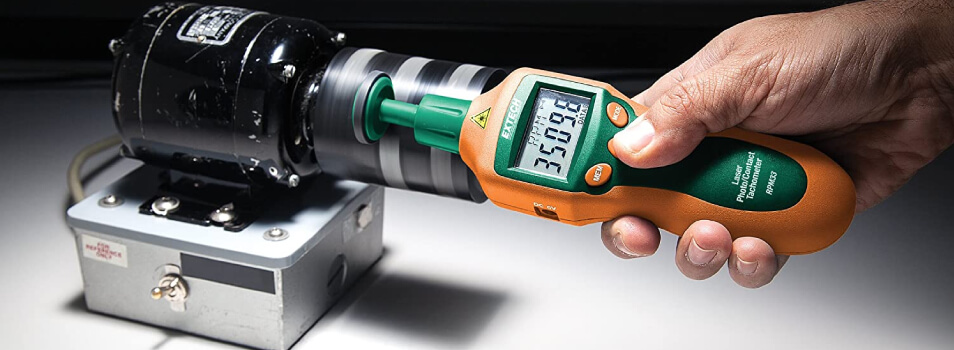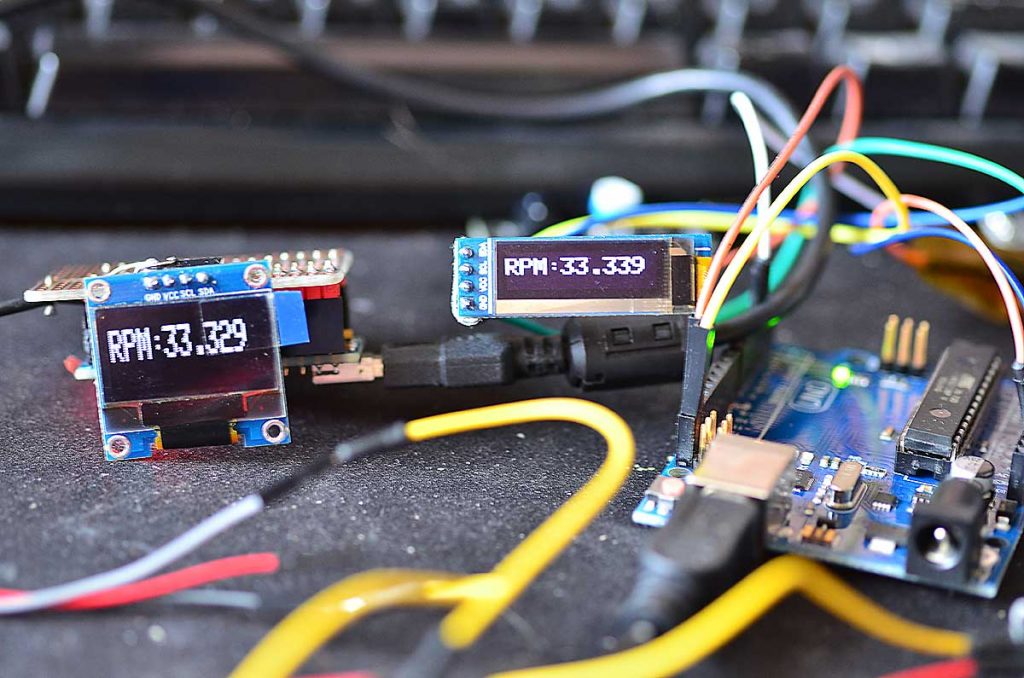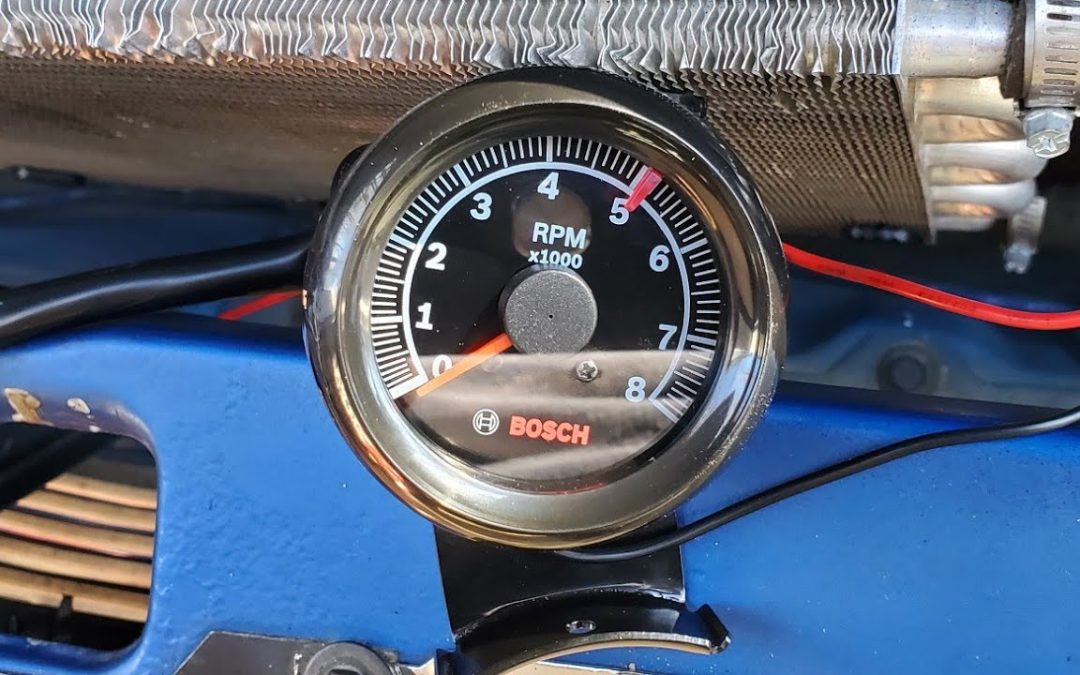Whether you are a racing enthusiast or a casual driver, you’ve probably noticed the red section on your vehicle’s tachometer. But have you ever wondered, why is there a red section on the tachometer? The red section serves a crucial role in the overall health and performance of your engine. Let’s delve into the science and reasons behind this red zone.

What is a Tachometer?
A tachometer is an instrument that measures the rotation speed of a shaft or disk in a motor or other machine. It indicates revolutions per minute (RPM) and is commonly found in cars to monitor the engine’s speed. You can learn more about how tachometers work here.
The Purpose of the Red Section
The red section on the tachometer indicates the engine’s maximum safe operating speed. Exceeding this limit can lead to engine damage. This red zone is often referred to as the ‘redline.’
Why Is Exceeding the Redline Dangerous?
Exceeding the redline can cause various engine components, like pistons and valves, to wear out faster or even fail. The red section acts as a visual cue to help drivers avoid these costly and potentially dangerous situations.
How Manufacturers Determine the Redline
Engineers and manufacturers determine the redline through rigorous testing and calculations. They consider factors like the type of engine, materials used, and intended vehicle use. If you are interested in more detailed technical insights, you may find this resource on tachometers informative.
Implications for Different Vehicle Types
The location and size of the red section on the tachometer can vary based on the vehicle’s design and intended use. Sports cars, for instance, often have higher redline thresholds compared to regular sedans or trucks.
Regular Cars
In regular cars, the red section might start around 6,000 RPM. These vehicles are designed for daily commute rather than high-speed performance.
Sports Cars
Sports cars often feature a redline that starts at higher RPMs, sometimes exceeding 8,000 RPM. These vehicles are designed for speed and performance, hence the higher threshold.
How to Stay Within the Safe Range
Regularly monitoring your tachometer and being mindful of the redline can go a long way in maintaining your engine’s health. Ensure you shift gears before the needle hits the red section.
Use of Modern Technology
Modern vehicles often come equipped with features like rev limiters, which automatically cut off fuel supply or spark to prevent the engine from exceeding the redline. These advanced technologies provide an additional layer of safety.

FAQ Section
1. Why is the red section important on the tachometer?
The red section indicates the maximum safe operating speed of your engine, preventing potential damage.
2. Can I ever drive in the red section?
Driving in the red section is generally not recommended as it can cause significant engine wear or failure.
3. What happens if I accidentally exceed the redline?
Accidentally exceeding the redline may result in engine damage. It’s best to get your engine checked by a professional if this happens.
4. Do all vehicles have the same redline?
No, the redline varies based on the vehicle type and its design purpose.
By understanding the significance of the red section on your tachometer, you can ensure the longevity and optimal performance of your vehicle. For more information about how tachometers function in various industries, visit our Semiconductor Manufacturing Inspection or Genetic Analysis Monitoring pages.
